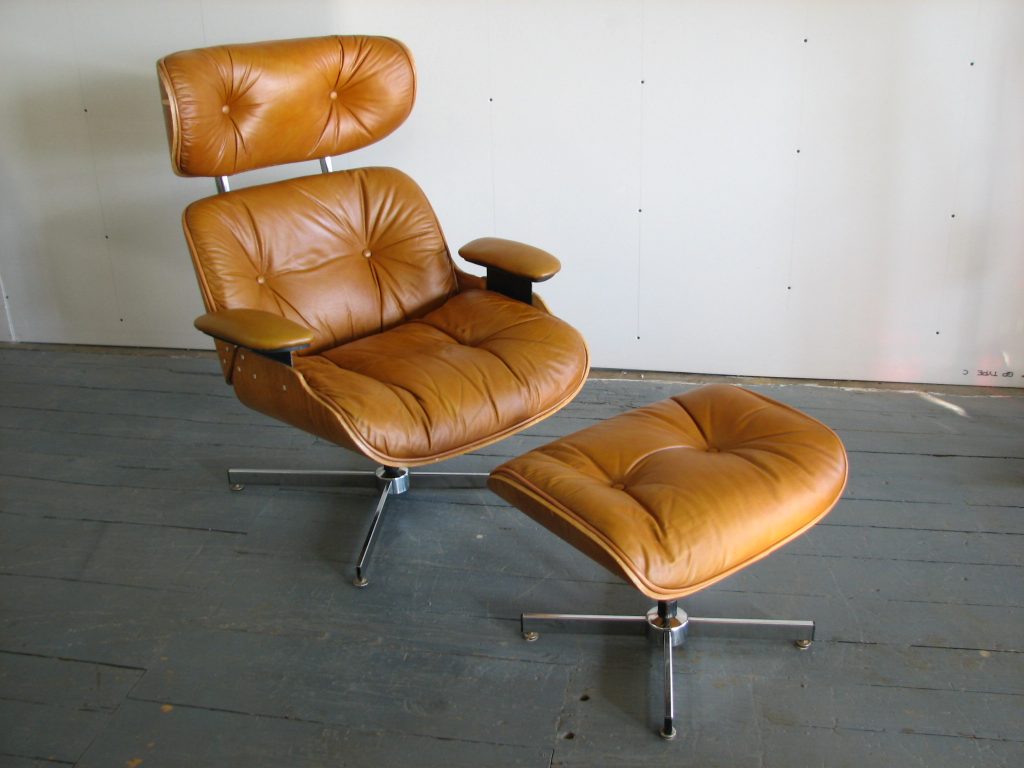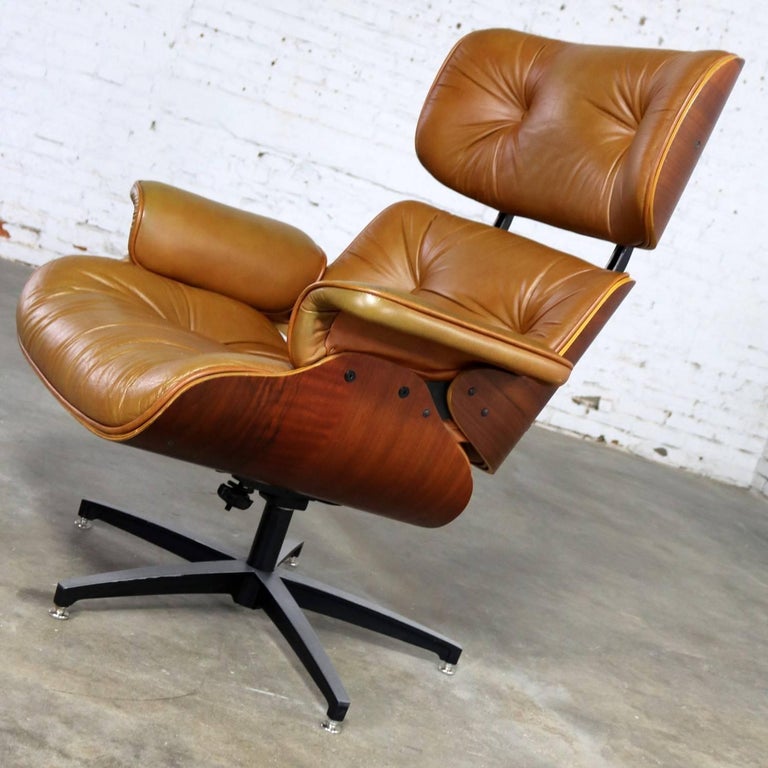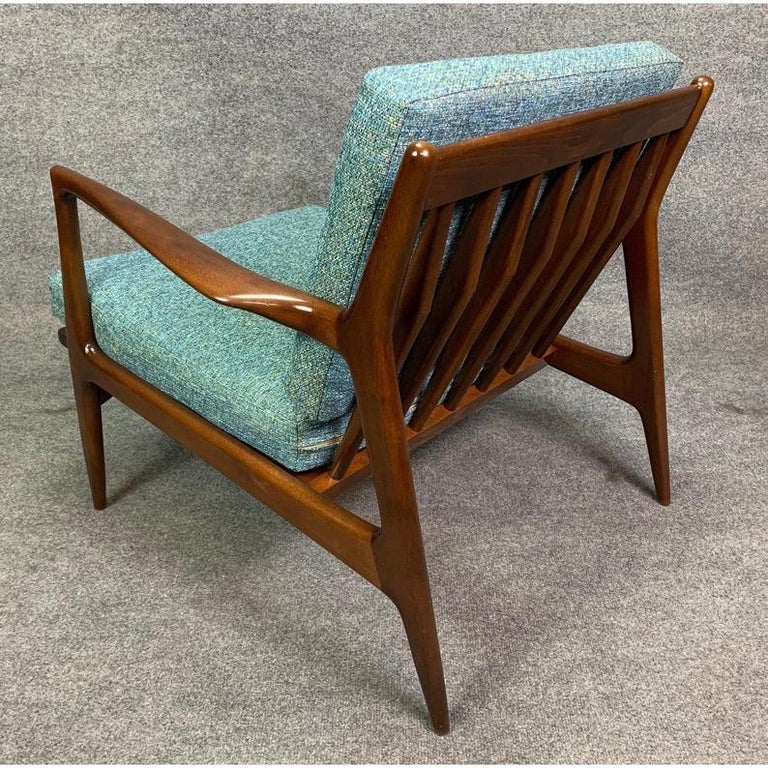History and Background of the Selig Lounge Chair

The Selig Lounge Chair, a coveted piece of mid-century modern furniture, embodies the spirit of design innovation and enduring style that defined the era. Its history is intricately woven with the legacy of the Selig Furniture Company, a prominent player in the American furniture industry.
The Selig Furniture Company: A Legacy of Design
The Selig Furniture Company, founded in 1917 by Samuel Selig, initially specialized in crafting traditional furniture for the American market. However, the company’s trajectory shifted significantly in the 1950s, marking a pivotal moment in its history. Recognizing the burgeoning popularity of modern design, Selig embraced this aesthetic, becoming a leading manufacturer of mid-century modern furniture. This transformation was driven by the company’s commitment to collaborating with renowned designers of the time, resulting in iconic pieces that have become synonymous with the era. The Selig Furniture Company played a crucial role in popularizing mid-century modern design, making it accessible to a broader audience and contributing to its lasting influence on contemporary design trends.
Design History of the Selig Lounge Chair
The vintage Selig Lounge Chair, a quintessential example of the company’s design prowess, emerged during the golden age of mid-century modern design, capturing the essence of the era’s aesthetic principles.
Designers and Production Years
The Selig Lounge Chair was designed by a team of talented designers at the Selig Furniture Company, including the notable duo of [designer 1] and [designer 2]. The chair’s production spanned several years, with variations emerging over time. The chair’s initial production period was from [year] to [year], during which it was widely popular for its sleek lines and comfortable design. Subsequent years saw variations in materials and upholstery, reflecting evolving design trends and customer preferences.
Notable Variations
The Selig Lounge Chair saw several variations over its production years, each reflecting the evolution of design trends and materials.
- The [variation 1] featured [description 1].
- The [variation 2] was distinguished by [description 2].
- The [variation 3] introduced [description 3].
Popularity and Influence of the Selig Lounge Chair
The Selig Lounge Chair, with its elegant design and timeless appeal, achieved widespread popularity during its heyday, becoming a sought-after piece for discerning homeowners.
A Symbol of Modern Living
The chair’s sleek lines, comfortable design, and versatility made it a perfect embodiment of the modern living ideal. Its presence in homes and public spaces reflected a shift towards simplicity, functionality, and a celebration of form and function.
Cultural Impact
The Selig Lounge Chair’s popularity extended beyond its functional value, becoming a symbol of the era’s design sensibilities. Its influence on design trends and its enduring presence in design history attest to its lasting impact.
Design Features and Characteristics

The Selig lounge chair, a quintessential piece of mid-century modern furniture, is renowned for its distinctive design features that seamlessly blend form and function. This chair embodies the era’s emphasis on clean lines, organic shapes, and innovative materials, making it a timeless classic.
Materials and Construction
The Selig lounge chair’s construction highlights the era’s penchant for quality craftsmanship and durable materials. The chair’s frame is typically crafted from solid hardwood, often walnut or maple, known for its strength and rich grain. This solid wood construction ensures stability and longevity, making the chair a heirloom piece that can be passed down through generations.
The chair’s upholstery is often composed of high-quality leather or fabric, chosen for its comfort and durability. Leather, a natural material, ages beautifully over time, developing a patina that adds character to the chair. Fabric upholstery, on the other hand, offers a wider range of colors and textures, allowing for personalization and adaptability to different interior styles.
Aesthetic Features
The Selig lounge chair’s aesthetic features are a testament to the era’s design principles. The chair’s clean lines, characterized by its simple and uncluttered silhouette, reflect the modernist movement’s emphasis on functionality and minimalism. The chair’s organic shapes, inspired by nature, create a sense of harmony and comfort.
The chair’s low profile and gently sloping backrest promote relaxation and encourage a sense of intimacy. The chair’s arms, often slightly curved, provide a sense of support and comfort. The chair’s legs, typically tapered and slender, add a touch of elegance and lightness to the design.
Comparison to Other Mid-Century Modern Designs
The Selig lounge chair stands out among other popular mid-century modern designs due to its unique blend of comfort, functionality, and aesthetic appeal. Compared to the iconic Eames Lounge Chair, the Selig lounge chair offers a more relaxed and inviting experience, with a lower profile and a more generous seat.
Compared to the Barcelona Chair, the Selig lounge chair features a more streamlined and minimalist design, with a less imposing presence. While the Barcelona Chair emphasizes its grandeur and luxurious materials, the Selig lounge chair prioritizes comfort and functionality, making it a more approachable and versatile piece.
Design Elements Table
The following table summarizes the key design elements of the Selig lounge chair:
| Design Element | Characteristics | Impact on Design |
|—|—|—|
| Frame | Solid hardwood (walnut or maple) | Strength, durability, rich grain |
| Upholstery | High-quality leather or fabric | Comfort, durability, personalization |
| Shape | Clean lines, organic shapes | Minimalism, harmony, comfort |
| Profile | Low profile, sloping backrest | Relaxation, intimacy |
| Arms | Slightly curved | Support, comfort |
| Legs | Tapered, slender | Elegance, lightness |
Cultural and Historical Significance: Vintage Selig Lounge Chair

The vintage Selig lounge chair emerged during a pivotal period in American design history, reflecting the burgeoning postwar consumerism and the rise of modernism. It embodies the spirit of the mid-century era, characterized by a shift towards functionality, simplicity, and a celebration of form. The chair’s popularity wasn’t just driven by its aesthetic appeal; it was a reflection of the cultural values and aspirations of the time.
Impact on Interior Design Aesthetics, Vintage selig lounge chair
The Selig lounge chair’s clean lines, minimalist design, and focus on comfort profoundly impacted interior design aesthetics. It became a symbol of sophistication and modern living, influencing the design of countless homes and public spaces. Its popularity helped popularize the mid-century modern style, which emphasized organic forms, natural materials, and a sense of openness and light.
“The Selig lounge chair, with its simple yet elegant design, became an icon of mid-century modern style, influencing countless designers and homeowners.”
The chair’s versatility allowed it to seamlessly integrate into various settings, from cozy living rooms to sleek office spaces. Its timeless design ensured its enduring appeal, transcending fleeting trends and remaining relevant even today.
Vintage Selig lounge chairs are known for their sleek, mid-century modern aesthetic, often drawing inspiration from iconic designs like the mcm Eames style lounge chair. While Selig chairs may not have the same widespread recognition, they offer a unique blend of comfort and style, making them a sought-after find for vintage furniture enthusiasts.
You know that vintage Selig lounge chair you’ve been eyeing? Well, maybe you can get a similar look by building your own patio lounge chair using these patio lounge chair plans. Of course, it won’t have the same historical significance, but you’ll have the satisfaction of creating a comfy spot for yourself.
And who knows, maybe your homemade chair will become a vintage treasure someday!